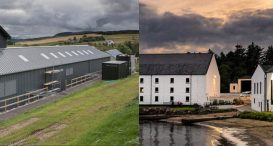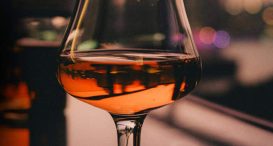Benrinnes Distillery Story
let’s begin
Benrinnes is an exciting distillery that has been creating unique malt since 1826.
Off to a bad start
The original Benrinnes distillery was built in 1826 on the Whitehouse Farm by Peter McKenzie and was known as the Lyne of Luthrie Distillery. Unfortunately, nature was not on their side and the distillery was destroyed by a flood from the nearby Benrinnes Mountain a mere three years later.
Thankfully, it was rebuilt by John Innes, just a mile away from the first site and despite its initial bad luck, things picked up, for a short time at least. Innes might not have been the best businessman and he eventually went bankrupt, in 1834. Things were not looking good for the distillery but it was then bought by William Smith & Co., who managed to keep things going for 30 more years. This success was followed by Smith going bankrupt as well.
Once again in a bad position, the distillery’s future was unclear. Enter David Edward, who already owned the Oban Distillery, who bought Benrinnes. The distillery was modernised in 1896 due to massive damages from a fire.
Pushing Boundaries
Benrinnes Distillery really cam into a life of its own in the 1900s. It was purchased by John Dewar & Sons and became part of the DCL family in the 1920s. DCL went on to become Diageo, the whisky giant we all know and love today and they still own the distillery.
Since their purchase of Benrinnes, Diageo have revamped it and increased its capacity. In the 1950s, they brought in three more stills, bringing the total number to six. Today these run in two pairs of three.
Perhaps one of the biggest changes in the running of the distillery was the move to partial triple distillation in the 1960s. This involves a rather complex process of splitting of low wines, from the first distillation, into strong and weak feints. Benrinnes is one of only three distilleries in Scotland to use this method, including Springbank and Mortlach. They say it presents a meatier, more sulphury flavour.
Where next?
Although they stopped the practice of partial triple distillation in 2007, Benrinnes is still going. It can be difficult to pin down a bottling of their single malt, with most of their whisky going to be used in blends. There are a few independent bottlings about, which you’re way more likely yo get than a distillery release.
Nevertheless, the distillery has clearly been well-loved since it first opened and we recon they are one to keep an eye on. If they can survive fire and flood, who knows what else they might have in store!
What do you think of the Benrinnes Distillery? Let us know in the comments!














